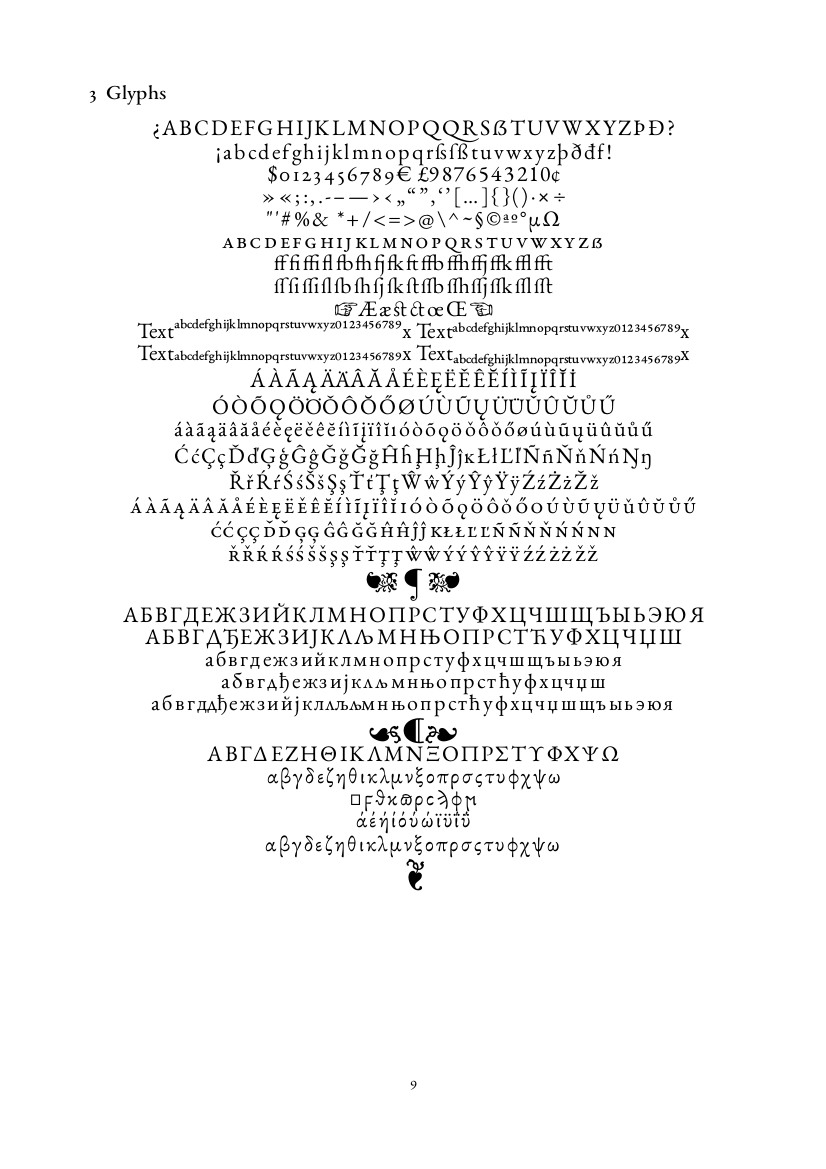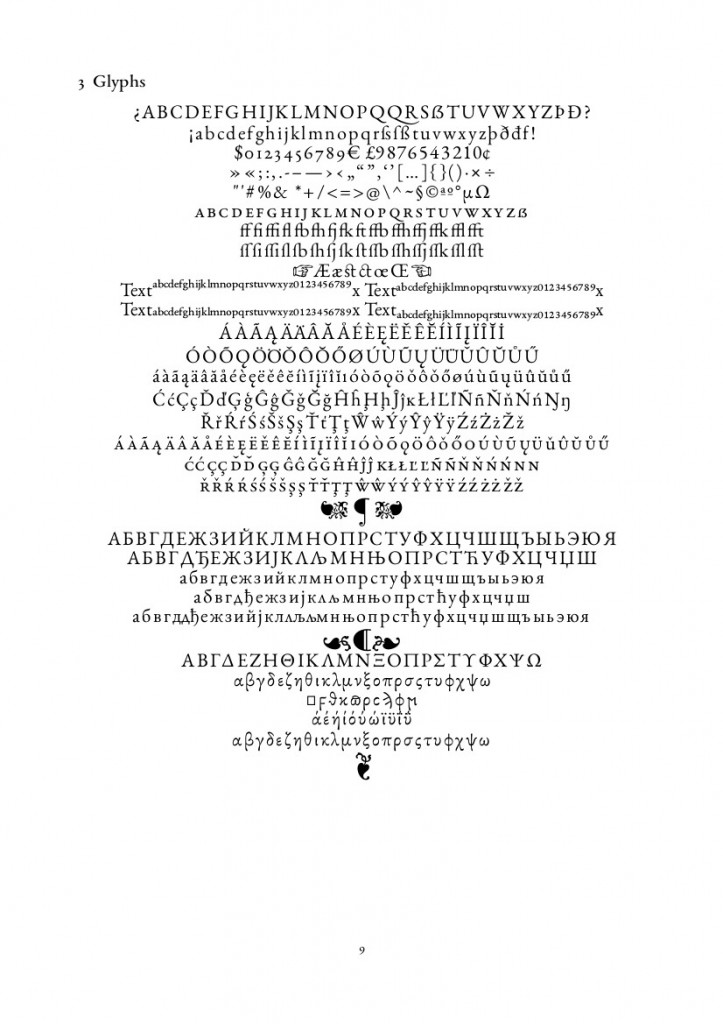Karen Maria Muldoon-Hules. ‘Brides of the Buddha and Other Stories: Reading the Women’s Stories of the 8th “Varga” of the “Avadānaśataka” in Context’. PhD dissertation, University of California at Los Angeles, 2011. 455 pages. ISBN: 9781124885032; ProQuest document ID 2462477631.
author: @ UCLA. Book: 2017. Brides of the Buddha: Nuns’ Stories from the Avadanasataka. ISBN 9781498511452 [official site]
From the Abstract
There has been little in the way of systematic examinations of the evidence on marriage customs among Buddhists, and our understanding of the lives of early Buddhist women is still quite limited. Much of what has been published on early Buddhist women is based on Pali texts from Sri Lanka. Fortunately, ten stories or avadanas about women in the Avadānaśataka, a north Indian text probably compiled 2nd-4th century C.E., offer a chance to nuance [sic] that understanding. These stories provide evidence for marital customs among north Indian Buddhists during this period, customs that show significant Brahmanical influence. In addition, these ten avadānas hint at a changing position for Buddhist nuns that may have been related to an increasingly conservative view of women emerging in the Brahmanical tradition and a revamping of the asrama system into sequential life-stages for men.



